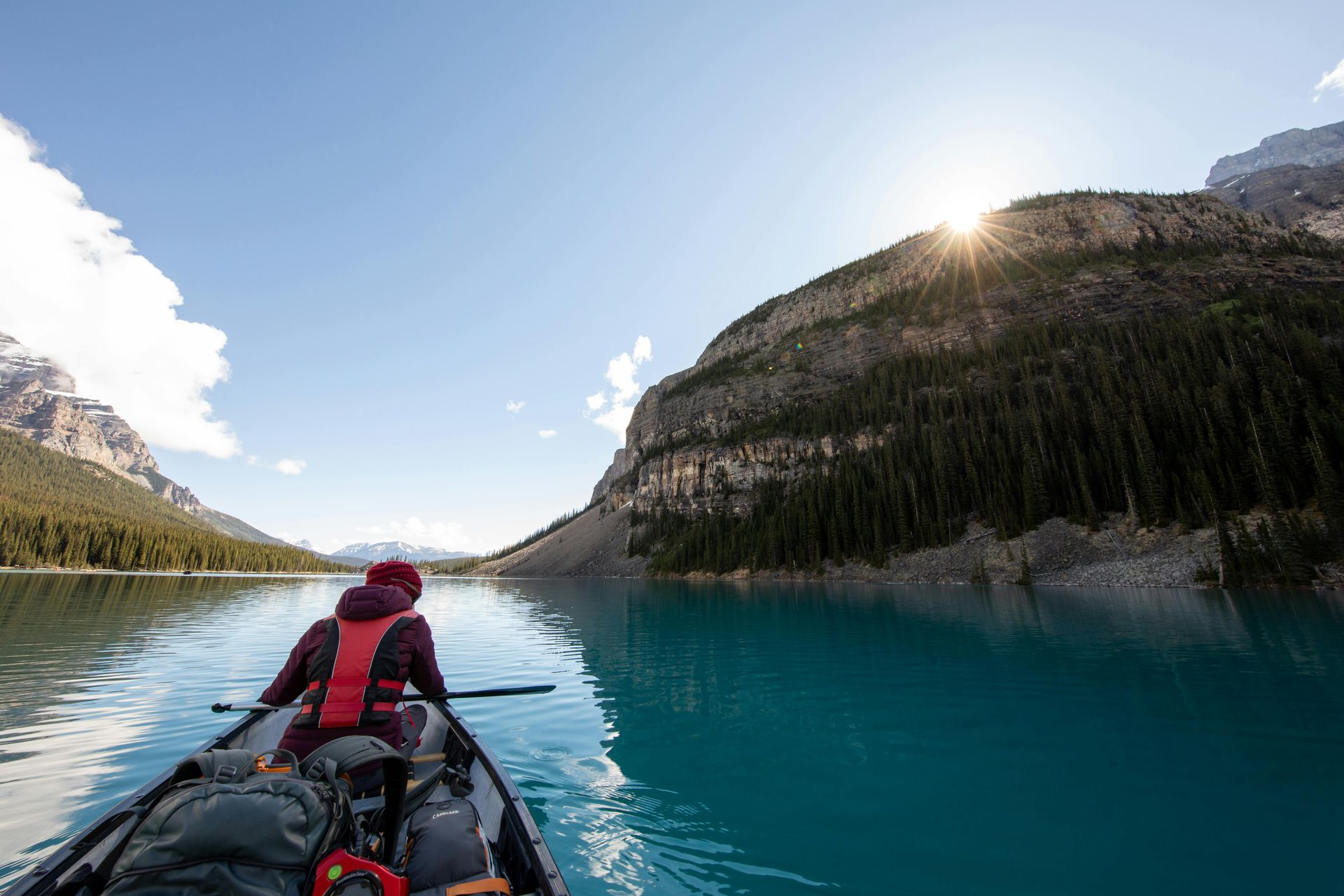Risk Assessments for Excursions to Unpatrolled Waterways
Planning For Water Activities is Critical

Unpatrolled beaches, lakes, and rivers offer students unique and powerful learning experiences, but this freedom comes with a non-negotiable increase in your school's duty of care. When there are no lifeguards, your leadership team is the safety service. Their preparation, training, and supervision are the only things standing between a successful educational activity and a critical incident.
A thorough and dynamic risk assessment is the foundation of this capability. It must move beyond a simple checklist to address three core pillars of water safety.
1. Active Supervision: More Than a Headcount
In an unpatrolled environment, supervision must be intensive and systematic. Active supervision is a focused strategy that involves:
- Constant Visual Scanning: Supervisors should be positioned to have an unobstructed, 360-degree view of the entire group and the surrounding environment. Their sole focus should be on monitoring students, not participating in the activity.
- Defined Ratios and Zones: Supervision ratios must be adjusted based on the specific risks of the location and the competency of the students. It's often effective to assign supervisors to specific zones or smaller sub-groups.
- Proximity: Supervisors must be close enough to intervene immediately if a student shows signs of distress.
2. Verifiable Competency: For Staff and Students
You cannot manage risk without first knowing the capabilities of everyone involved. This requires two levels of assessment before the excursion begins.
- Student Competency: A pre-trip assessment of each student's swimming ability and testing this is essential. This information directly informs supervision plans and activity boundaries.
- Staff Training and Qualifications: Your trip leaders become the first responders. Their training must be current, verified, and appropriate for the environment. This includes:
- Appropriate Water Rescue Certifications (such as Bronze Medallion, open water and swift water rescue quals).
- Advanced First Aid and CPR qualifications.
- Demonstrated proficiency with all rescue equipment carried on the trip, such as throw ropes, rescue tubes, and flotation aids.
3. Environmental Planning: Preparing for the Unpredictable
Unpatrolled waterways are dynamic. Your risk assessment must account for hazards that can change in minutes.
- Key Environmental Risks: Your plan must analyse water temperature, currents, underwater snags or rocks, water quality, and sudden weather changes.
- Contingency Planning: Always have a backup plan. For example, during one of our planned coastal rockpool excursions, the tide and swell increased beyond what was forecast. Because our risk assessment included a pre-identified alternative location, we were able to move the group to a safer inlet with minimal disruption. This "what if" planning is not optional it's essential.
Ultimately, safety at unpatrolled waterways is not about avoiding risk, it's about comprehensively managing it. Even if lifeguard service exists, the preparation and proven capability of your trip leaders becomes always remains key to your duty of care.











